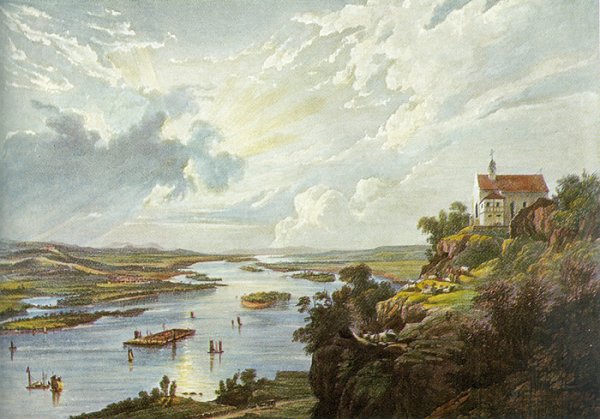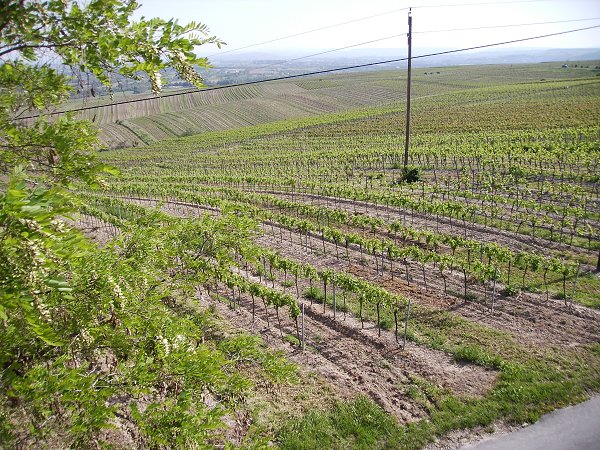Finally, after 2010 and 2011 not leaving enough time and energy to take part in the annual „Goethetour“, we rode over to the 2012 start/finish of the 4-day event in Bingen right at the banks of the river Rhine.
Although sleeping high above the Rhine isn’t much fun or relaxation (with the rail road tracks running alongside its banks and echoing up to the Youth Hostel so that it sounds like the trains are running through the room all night long), the spectacular view across the river over to the Mouse & Cat Castle Towers amidst the vinyards across the river make up for it. Despite my eyelids having a bit of a hangover in the literal sense of the meaning, if you will …

The Goethetour tries to combine bike riding („tour“) with cultural tidbids about Johann Wolfgang von Goethe („culture“ and „literature“). Starting this year with a 124K-round that ended with a finalizing 1.5K / 90m elevation gain run up the vinyards to famous St. Rochus chapel (which is actually a veritable cathedral) which has been described and praised by Goethe alredy.

Goethe lived in Frankfurt, so the 1-hour drive by car that it takes today has been a real trip for him by carriage and on foot in the early 19th century. In 1808, Goethe heard about this chapel by reading a letter of praise written by Bettina von Arnim. In her elaborate praise she told Goethe about „my most favorite place in all of the Rheingau area“: She talks about the „open doors through which are looking the most distant mountain ranges: Altkönig on one side, on the other all of Hunsrück all the way to Kreuznach, bordered by Donnersberg; in your back you can see as much of the countryside as you ever wanted. Like a broad and festive dress it is trailing behind the river Rhine which lies below you, beneath the chapel, adorned with all its green islands just like emeralds.“ *

In 1814, Goethe visited the chapel when he came to Bingen during the St. Rochus festival in August which he describes in all detail and against the historical backdrop of the fate of the chapel, built in 1666 during the plague, destroyed twice and finally reconstructed in the present manner in 1895 (which obviously was not part of Goethe’s description…).

Also, he praised the wine and the hospitality of the Rheingau people during the wine and vinyard festivals in later summer.
We only saw the impressive rows and rows and rows of vines … and decided to come back later this year… after the grapes will have been harvested and pressed …
* German original: „Durch die Öffnungen der Türen schauen die entferntesten Gebirge: auf der einen Seite der Altkönig, auf der andern der ganze Hunsrück bis Kreuznach, vom Donnersberg begrenzt; rückwärts kannst Du so viel Land übersehen, als Du Lust hast. Wie ein breites Feiergewand zieht es der Rhein schleppend hinter sich her, den Du vor der Kapelle mit allen grünen Inseln wie mit Smaragden geschmückt liegen siehst“
3rd picture taken from Goethezeitportal by Ludwig-Maximilian University, Munich, Germany; after Ch. Bodmer. Koblenz bei J. Hölscher. In: Adolf Bach, Aus Goethes rheinischem Lebensraum. Menschen und Begebenheiten. Neuss: Verlag Gesellschaft für Buchdruckerei AG Neuss 1968 (Rheinischer Verein für Denkmalpflege und Heimatschutz, Jahrbuch 1967/68), Tafel 5.
© Copyright 2012 bxa, All rights Reserved. Written For: bxa's Greetings from Germany

Trackbacks/Pingbacks